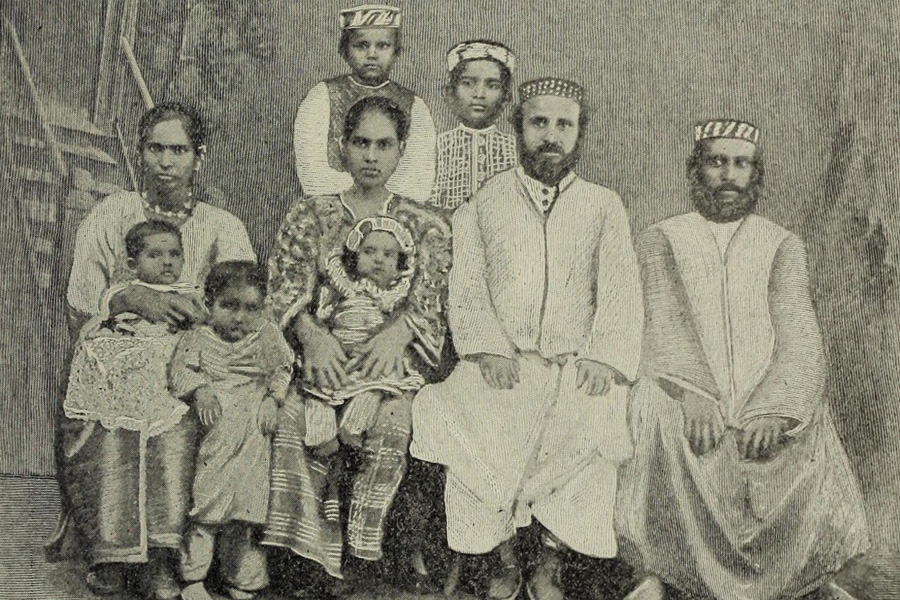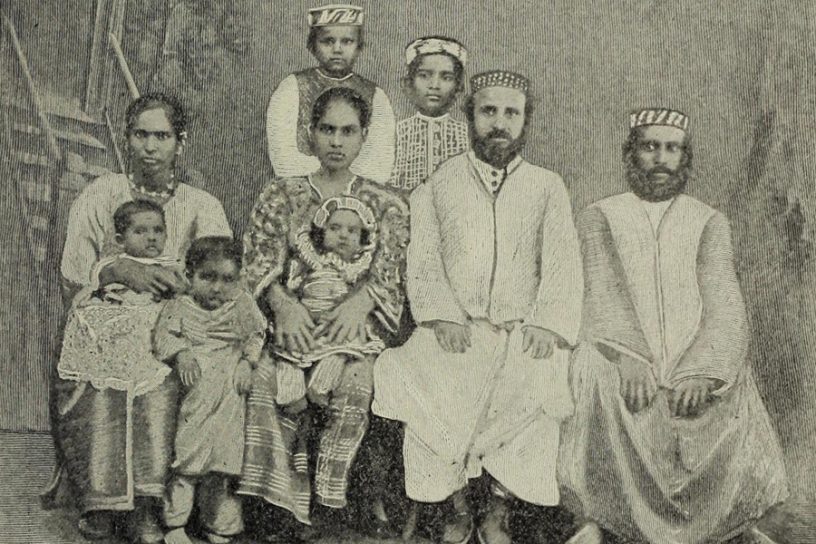
This paper tries to understand the migration patterns of the Bene Israeli and Cochin Jewish communities and the prejudices enforced by the Israeli government and its agencies on them, which challenged their integration into mainstream Israeli society.
Author
Suraj Rajan Kadanthodu, Academic Tutor & TRIP Fellow, Jindal School of International Affairs, O.P. Jindal Global University, Sonipat, Haryana, India.
Summary
The coalescence of Jews from across the world to form a unified Jewish nation-state has been the dream of many Jewish and Zionist leaders. With the gathering of immigrants after the State of Israel was established, the founders strived for a ‘fusion of exiles’ (mizug hagaluyot), where individual migrant cultural identities would assimilate to form a new Israeli identity that was predominantly European.
Though the idea of a ‘New State’ appealed to Indian Jews, the promises that were made before they migrated from India did not materialise once they arrived in Israel, and they had to undergo several challenges, including discrimination based on colour and ethnicity, thus delaying their assimilation within Israeli society.
This paper tries to understand the migration patterns of the Bene Israeli and Cochin Jewish communities and the prejudices enforced by the Israeli government and its agencies on them, which challenged their integration into mainstream Israeli society.
Published in: Diaspora Studies
To read the full article, please click here.


